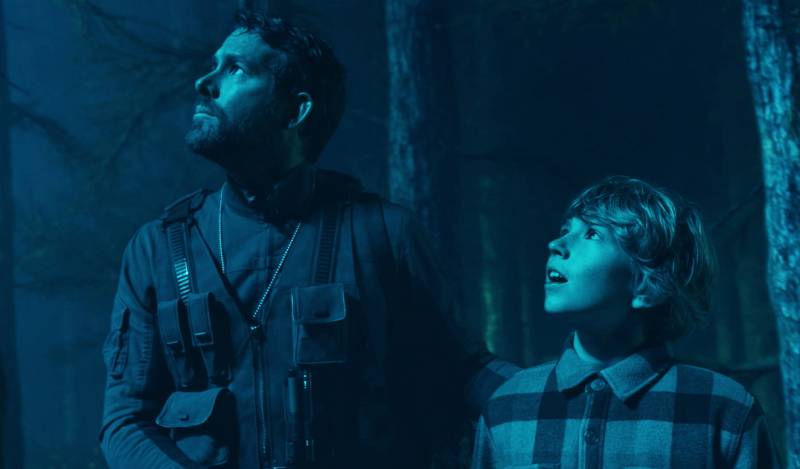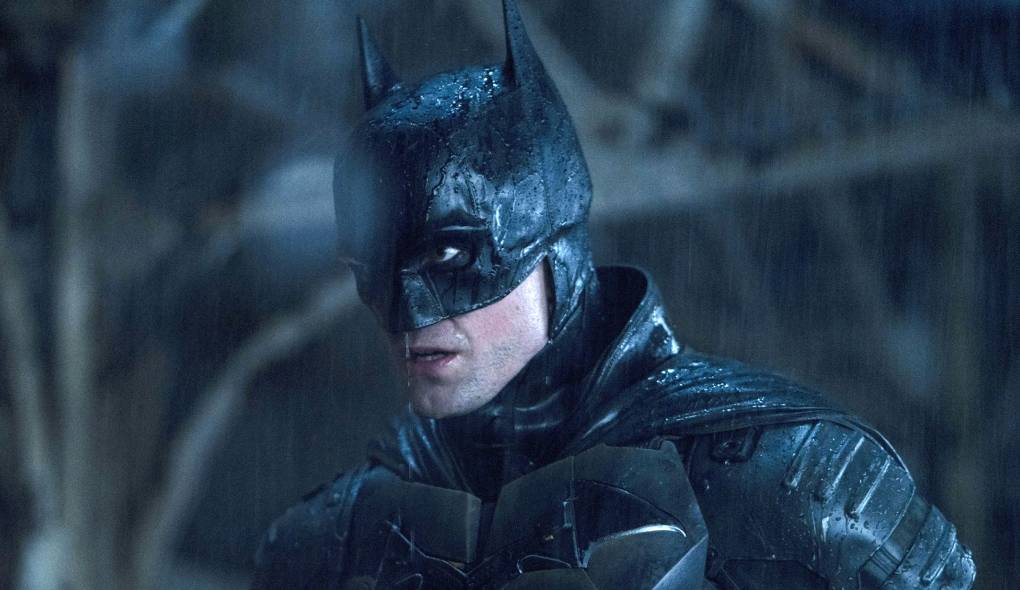The Adam Project is a light, clever, consummately PG-13 time-travel yarn about Adam (Ryan Reynolds), a pilot from the future, who travels back in time to prevent [REDACTED] from [REDACTED]ing—only to overshoot and wind up further in the past than planned. He’s forced, for reasons that do not stand up to even the breeziest moment of reflection, to enlist the aid of his 12-year-old self (a legitimately funny, bracingly unprecocious Walker Scobell), thereby risking precisely the kind of time paradox that time-travel films cannot exist without risking.
Understand: In terms of moviemaking, no genre is redefined, here; no game gets changed. But the Netflix film is a relatively streamlined affair that moves at a gratifyingly brisk clip, wasting little time on backstory (or forwardstory, or alternatetimelinestory, for that matter). It manages to feel intimate, as it never leaves its setting in present-day Rainier, Washington, where Young Adam and his mother (Jennifer Garner!) share one of those gorgeous glass-walled houses nestled deep in the woods of the Pacific Northwest that instantly transforms The Adam Project into a two-screen experience because you’ll find yourself envy-surfing Zillow listings on your phone while you watch. Its cast is low-key terrific (Catherine Keener as the villain! Zoe Saldana as Adam’s (very) close ally! Mark Ruffalo as Adam’s dad!), and Reynolds and Scobell have an easy, unforced chemistry.
The film’s fine—pretty good, actually. It’s a very deliberate, if at times too-dutiful, homage to movies like Back to the Future, E.T. the Extra-Terrestrial and, especially, Flight of the Navigator. Recommended, if you and your kids are looking for something to pass a gray March weekend afternoon.
But that’s not what I’ve called you all here to discuss.




9(MDAxOTAwOTE4MDEyMTkxMDAzNjczZDljZA004))

